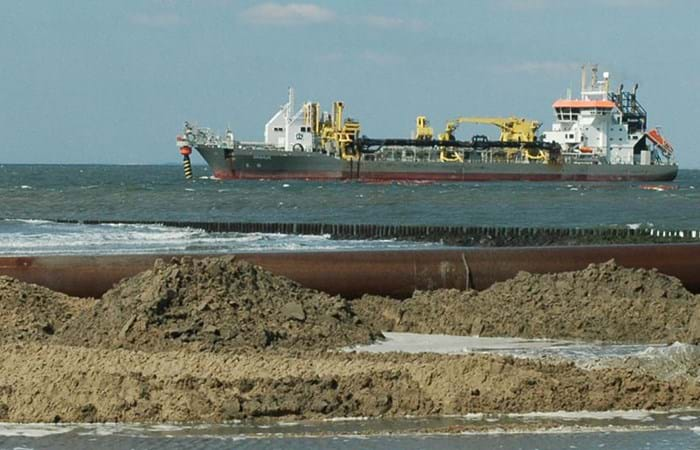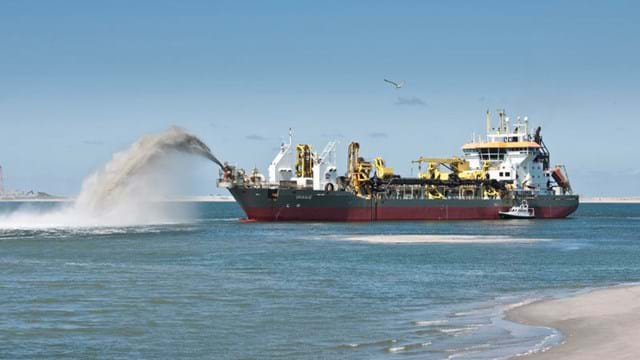In August 2008 Van Oord and Royal Boskalis Westminster N.V. have been awarded a contract by the Dutch Directorate General for Public Works and Water Management to reinforce a weak link in the Delflandse coast . The contract is worth EUR 120 million of which Van Oord and Boskalis have an equal share.
The project entails the engineering and construction of extra dunes and the widening of the beach from Hoek van Holland to the Scheveningen harbor. A new nature area covering 35 hectares will also be created between Hoek van Holland and 's Gravenzande. This wet dune valley is a compensation measure for the construction of the second Maasvlakte, the extension of the Rotterdam harbor area. The Dutch Directorate General for Public Works and Water Management has designated ten 'weak links' in the Dutch coastline that need reinforcement. The Delflandse coast is the largest sub-project in this initiative and by the end of 2011 approximately 18 million m3 of sand will have been discharged on the foreshore, beach and dunes. Van Oord and Boskalis will be deploying a range of trailing suction hopper dredgers on the project.

